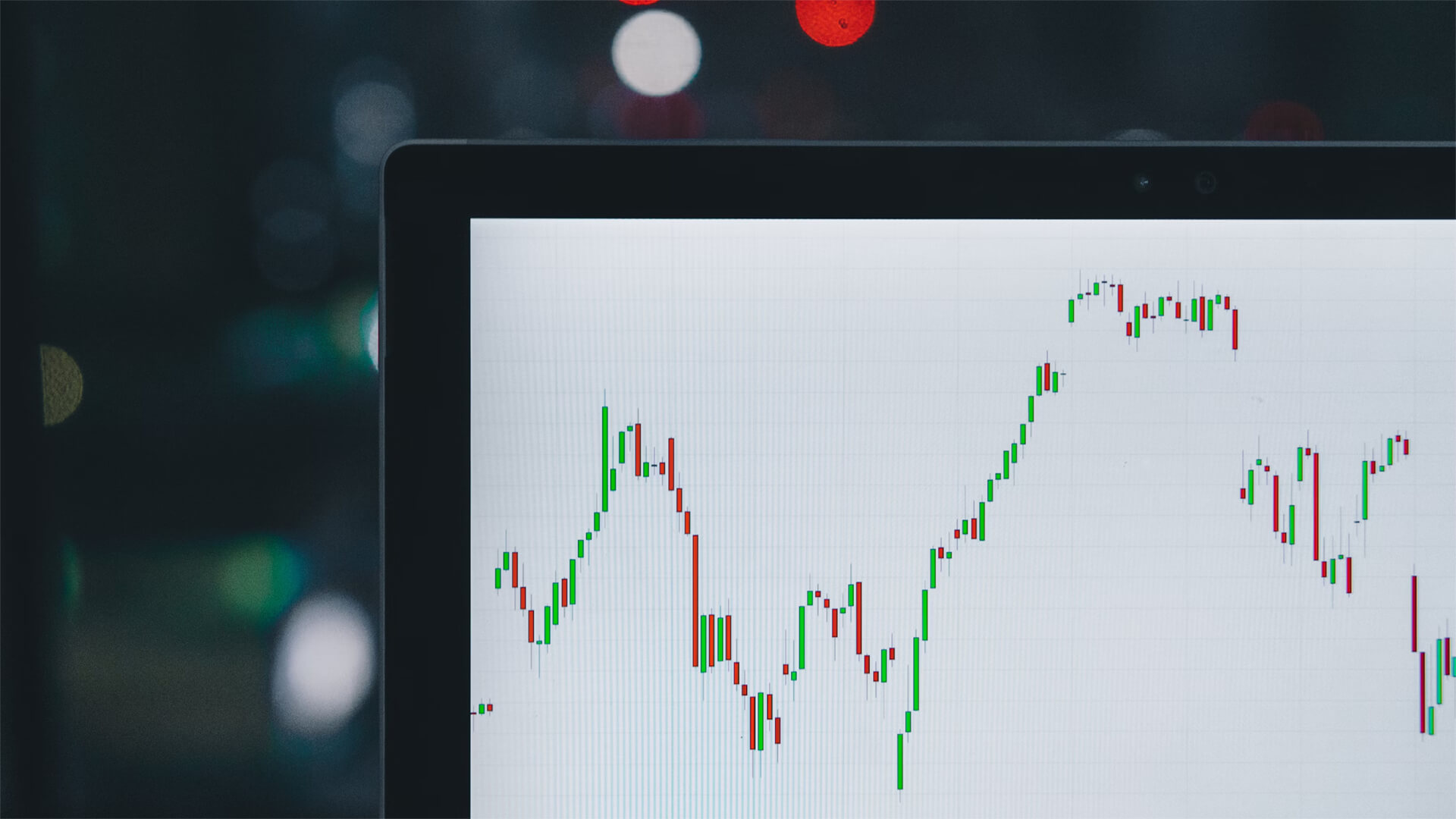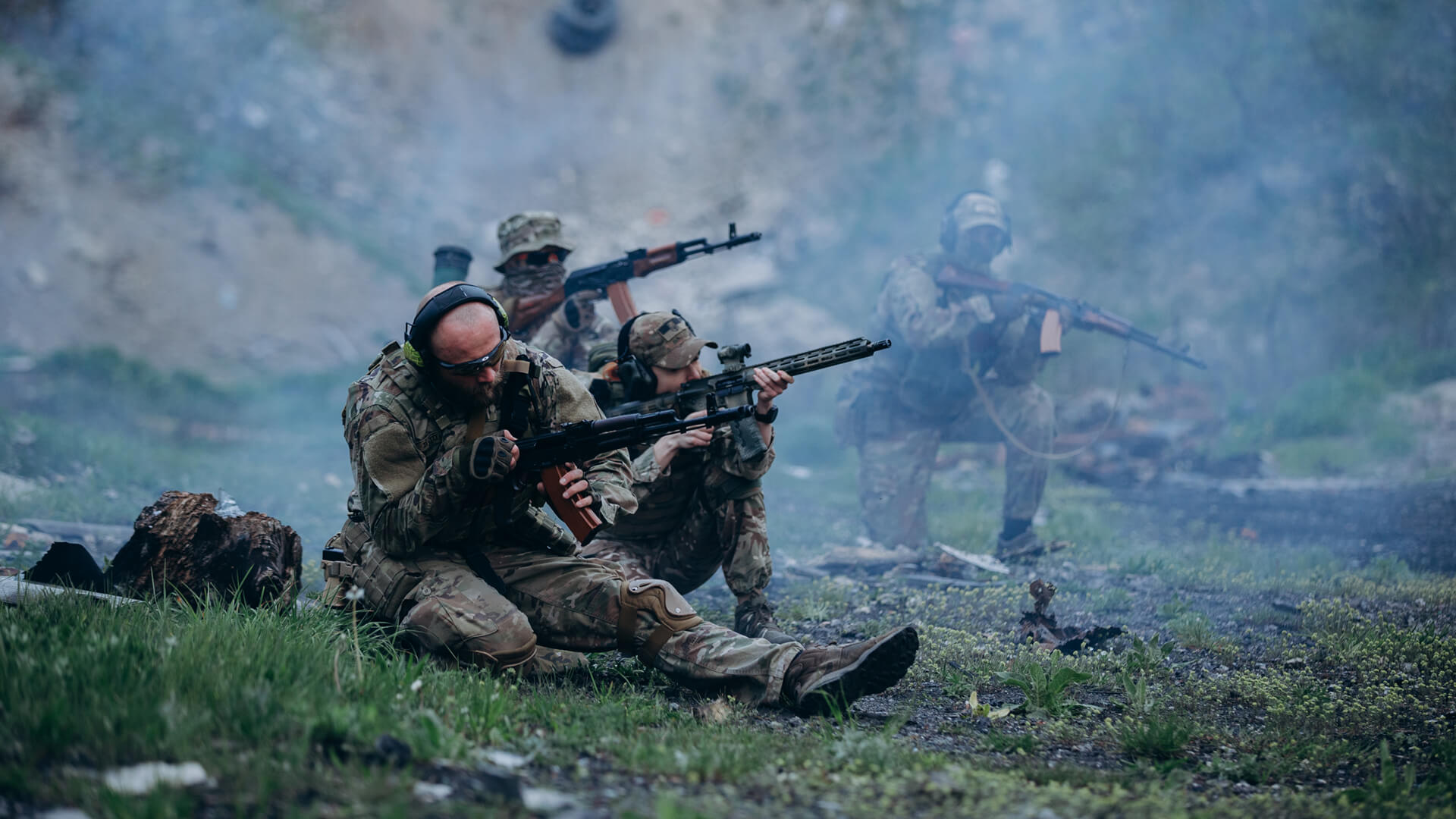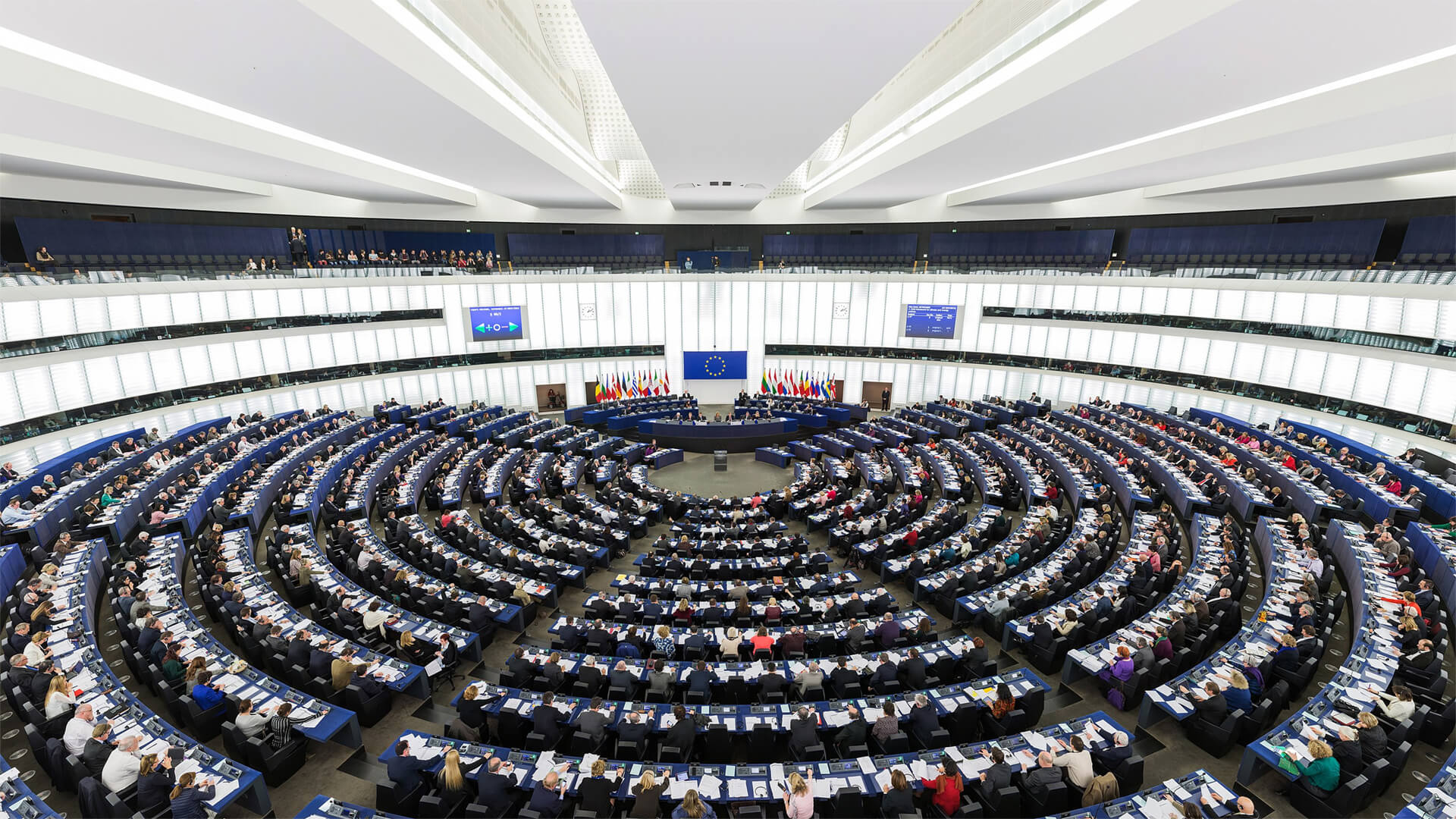Micro-States like Monaco and San Marino aren’t often included in major geopolitical discussions, but every so often they get called up to the big leagues. Next up to the plate: San Marino.
San Marino, located in Italy, has recently gotten some attention…and not the best kind. As the Ukraine War rages on, Europe has tightened its intelligence operations and foiled the covers of many Russian agents. However, many of these agents have found San Marino to be quite accommodating in facilitating their entry into the European Schengen zone.
As you could imagine, Italy isn’t too happy with San Marino becoming a hub for Russian activity. So, to answer the age old question – does size matter? – I’ll give you every strategists favorite answer, it depends.
Here at Zeihan On Geopolitics we select a single charity to sponsor. We have two criteria:
First, we look across the world and use our skill sets to identify where the needs are most acute. Second, we look for an institution with preexisting networks for both materials gathering and aid distribution. That way we know every cent of our donation is not simply going directly to where help is needed most, but our donations serve as a force multiplier for a system already in existence. Then we give what we can.
Today, our chosen charity is a group called Medshare, which provides emergency medical services to communities in need, with a very heavy emphasis on locations facing acute crises. Medshare operates right in the thick of it. Until future notice, every cent we earn from every book we sell in every format through every retailer is going to Medshare’s Ukraine fund.
And then there’s you.
Our newsletters and videologues are not only free, they will always be free. We also will never share your contact information with anyone. All we ask is that if you find one of our releases in any way useful, that you make a donation to Medshare. Over one third of Ukraine’s pre-war population has either been forced from their homes, kidnapped and shipped to Russia, or is trying to survive in occupied lands. This is our way to help who we can. Please, join us.
Transcript
Hey, everybody. Peter Zeihan here coming to you from the hills above Monaco and San Marino. A Monaco is one of the microstates here in Europe. Pretty much. They’re all, in your opinion, I think about it. And I’m not talking about here like small places like Luxembourg. I’m talking about micro states that are just a few square miles. Monaco here, it’s under a square mile itself, second smallest state in the world.
the existence of micro states is kind of a weird little story. Basically, you get a geography that is rugged enough that little patches can be carved out, and they’re difficult to access from other places. So, for example, Liechtenstein is it occupies a specific mountain pass between Austria and Switzerland. And either they’ve been able to be tough enough to conquer that you leave them be or they’re useful as kind of a diplomatic go between.
In the case of Monaco, it traded hands a lot, from the post-Roman period, into the Italian civil wars and reunification, ultimately into World War two. And ever since then, independence. and now, of course, Monaco is most famous for the Grand Prix, which plays well by the time you guys see this or be over, an at gambling.
basically, if you’ve seen James Bond, you’ve seen Monaco. it’s also I can see this with authority. Great place to have lunch. microstates rarely, rarely play a big role. I mean, the micro, but every once in a while, a certain constellation of factors comes together and makes them really matter. So the one that matters right now is San Marino.
Now, that’s not here in France. That one is down in Italy. but during the Ukraine war, the Russians have discovered that most of their normal avenues for intelligence gathering have been shut off, because instead of just having the Americans go after their spies, everybody in Europe did at the same time. And one of the things you normally do when you have a spy is if you get caught, you just redeploy them somewhere else in the world.
Well, when something like two thirds of the Russian diplomatic corps and spies were declared persona non grata in some form, everyone started exchanging biographical information about all the agents. And so you could no longer deploy those people anywhere in the world unless you had a government was like, oh yeah, we’re okay with bunch of Russian spies. That’s fine.
And that doesn’t happen. So basically, something like half the roster of Russian intelligence agents got vaporized. and they’re gonna have to be deployed for other things. San Marino comes in because San Marino has been a location where some of these people are getting recycled. And in addition to, like, the normal money laundering things that micro states her famous for, San Marino is now providing diplomatic cover for the Russians to get whoever they want into the European Schengen zone, which is the free transport union that the Europeans have.
So the Italians are starting to get a little aggro at San Marino for serving as this bastion for Russian intelligence, diplomatic and financial power in the heart of their country hasn’t gotten to the point now yet that they’re starting to renegotiate forcibly some of the treaties that allow San Marino to function. But the Italians are starting to look at it.











